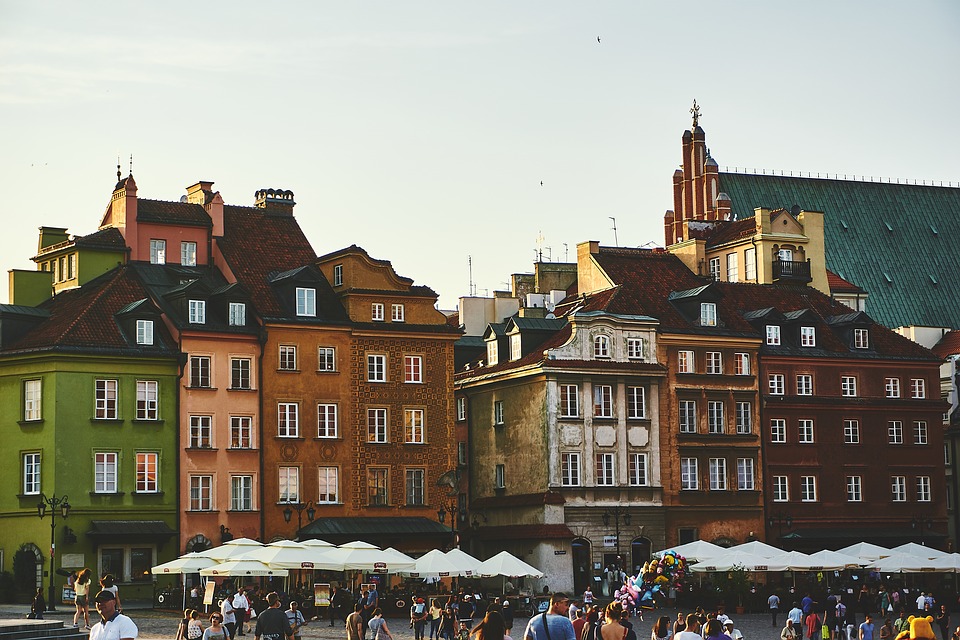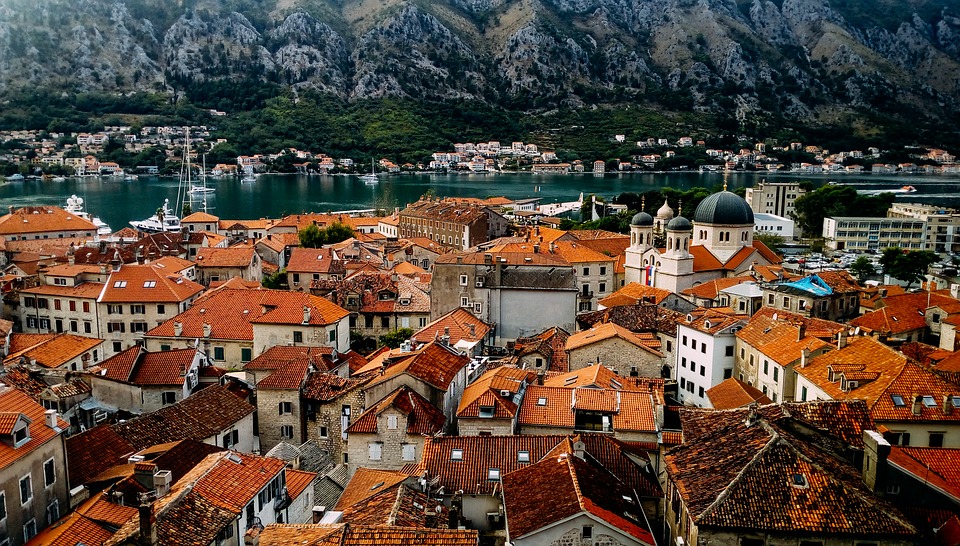Finding a place to live that meets all your needs can be a challenge. Interest rates may rise and put your dream house outside your budget. You may find a job in a small town or an overcrowded city where housing supply is low. This is a problem faced by many people, and one way to address it is with community living.
You may think that your time at college in the dorms was your first and last experience with community residential life. Walking to the shower every morning with your bucket of shampoo and soap may have tainted living with large groups for you. The good news is that communal living is completely different these days. Here’s the scoop on community living in the modern age.
A primary reason for community living is the shortage of housing. In large cities such as New York, co-living spaces are being built that offer individual rooms and communal areas for residents. This housing can accommodate hundreds of people. While this may sound a bit like a commune, today’s co-living spaces are state of the art, offering restaurants, modern interior design, spas, cinemas, and more. Residents are screened to assess their amenability to co-living. Once in, tenants have their own fully furnished apartment and a society with which they can network.
Becoming a property guardian is becoming an increasingly popular route to take in the world of communal living. This not only helps residents to save a lot of money, but it also allows them to enjoy larger living spaces and meet people from all walks of life. If you are wondering how to become a property guardian, then you have come to the right place. Applying to become a property guardian will open you up to a whole new world of experiences and memories that will last a lifetime. Communal living has many benefits for both you and the community and should not be disregarded!
Cohousing, where several private homes are built around shared facilities, is another community living option. Those living in the housing share things such as meals, gardening, and maintenance of the community spaces. Life transitions can be easier as mixed housing can be traded as people marry or get older.
Religious communities have been living together for thousands of years. Today’s religious communities exist to pursue shared values. One excellent example is the Bruderhof faith. This Christian community lives together, often in apartment buildings, and they promote a life of simplicity without material attachments. The members cherish the earth as God’s creation and live environmentally conscious lives.
Age can be the main reason for the formation of a community. Retirement communities are evolving in wonderful ways to meet the emotional and physical needs of residents. Many communities have continuity of care, where residents can go from self-sufficient apartment living to complete nursing care. Within the communities, seniors are offered social activities and peer support.
More communities are starting to look at shared housing options. Governments and developers can encourage community living with financial support, provision of land, and access to design resources to create shared living communities in their towns and cities. The more these residential spaces are integrated into society, the more their benefits will be seen – and taken advantage of – by large sections of the population.
Community living offers residents access to others with similar values or life paths. It can be a society of people dedicated to the environment or the stock market. It can be millennials, or your grandparents and their friends. Whatever the population, community living today is an emotional lifeline as well as a shelter that offers great options for everyone.


